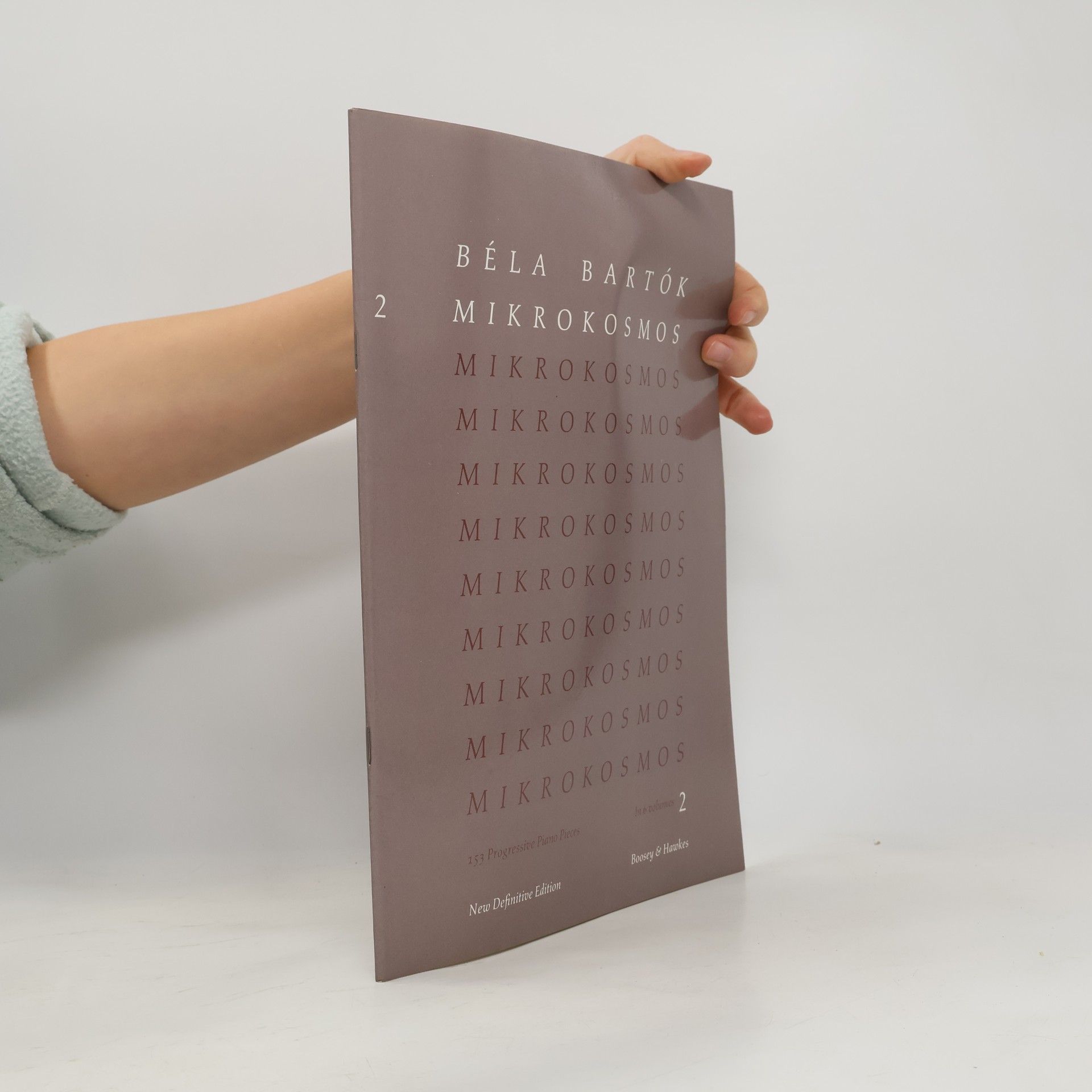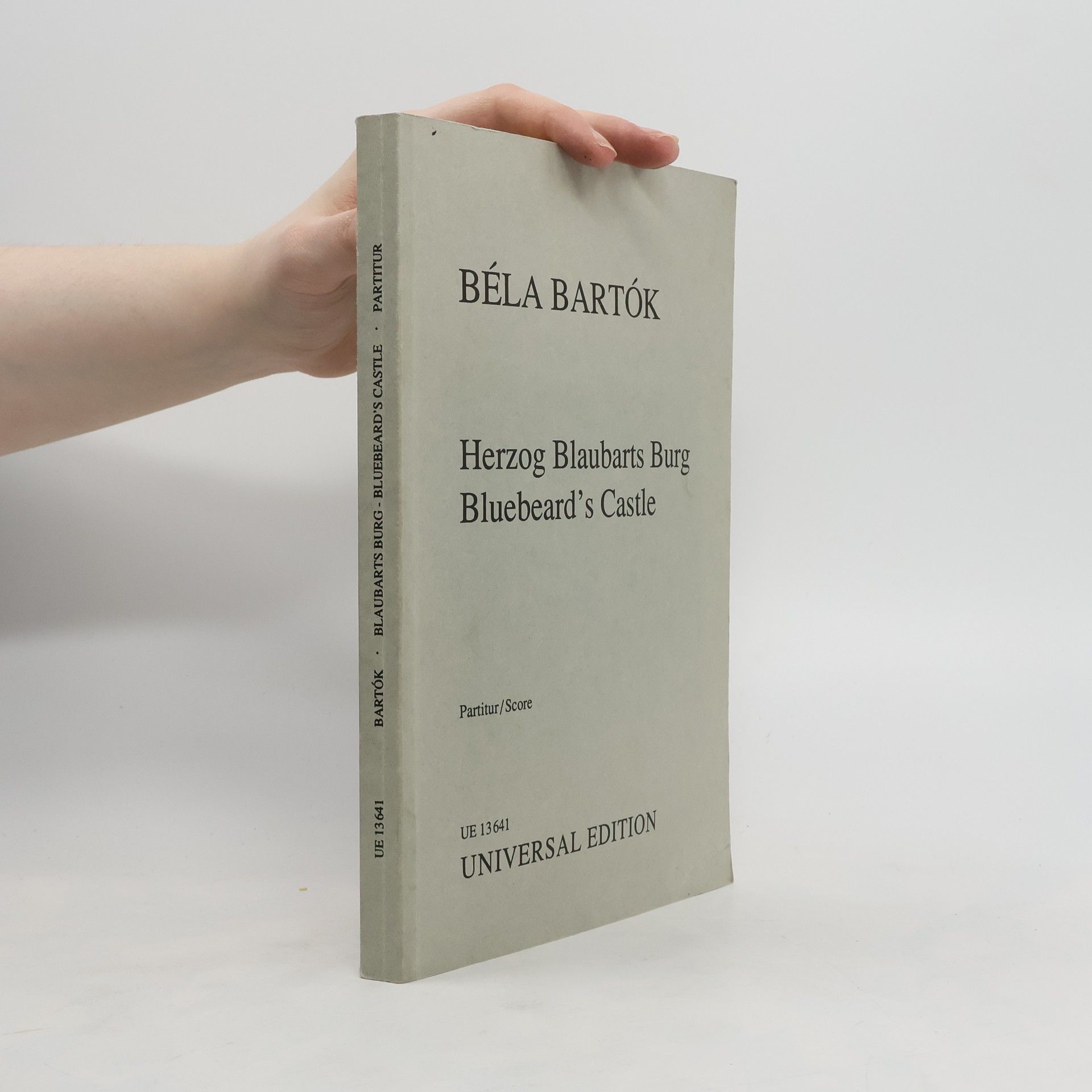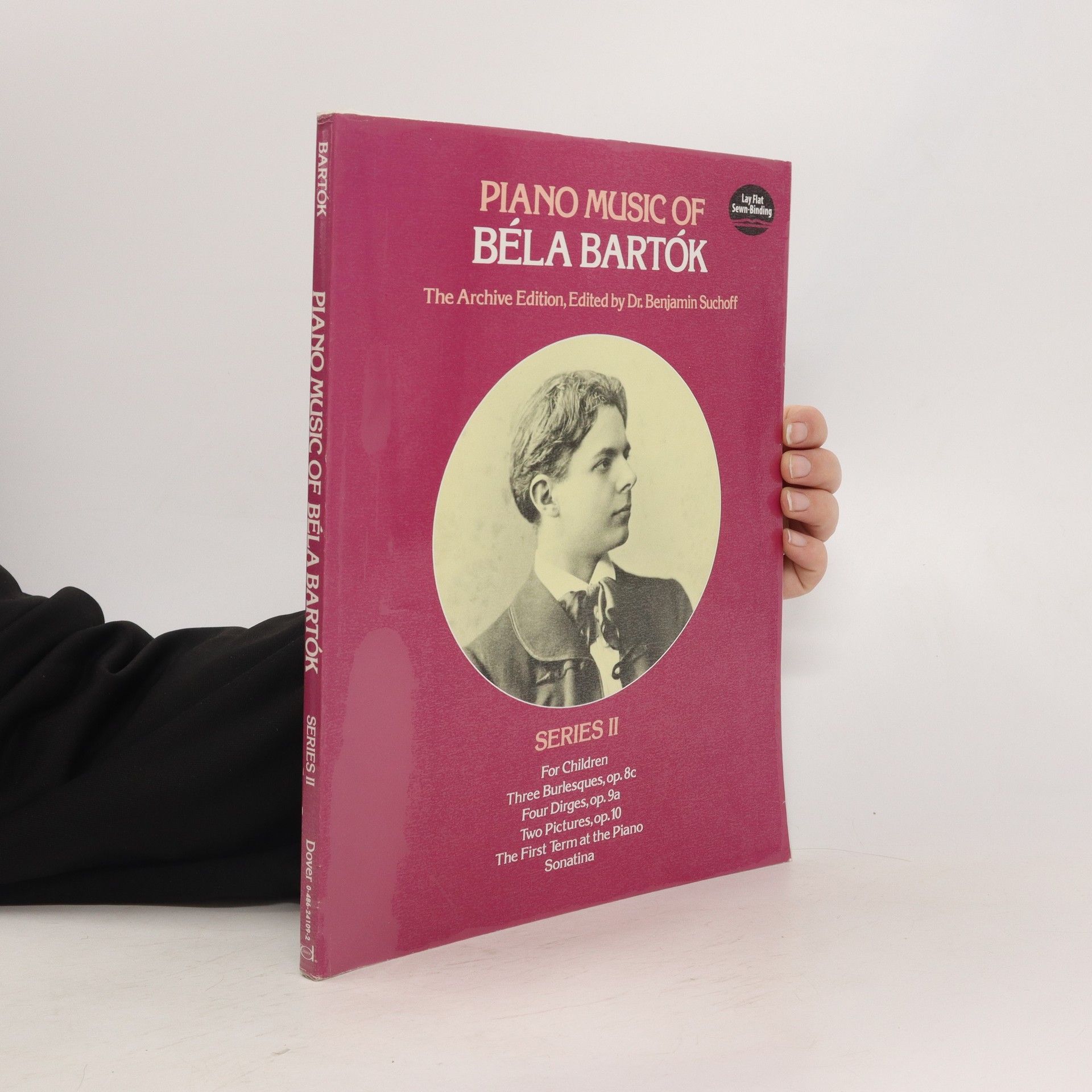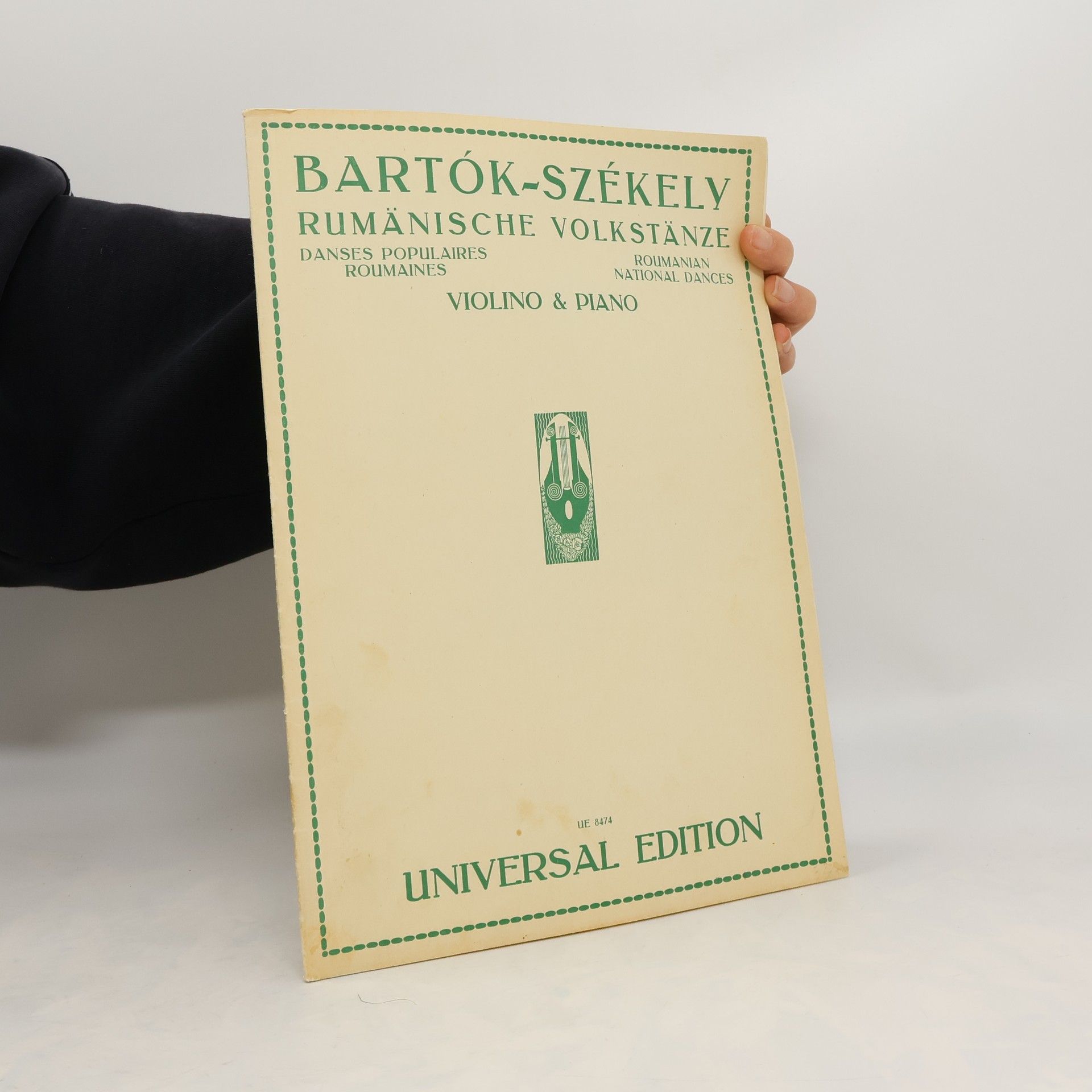Piano music of Béla Bartók
- 192 páginas
- 7 horas de lectura
Second in the Archive Edition incorporating composer's corrections, emphasizing Bartok's lifelong work both with East European folk music, and with music for children and student pianists. 85 short pieces: "For Children, " 2 Elegies, Sonatina, other folk-inspired keyboard work.









